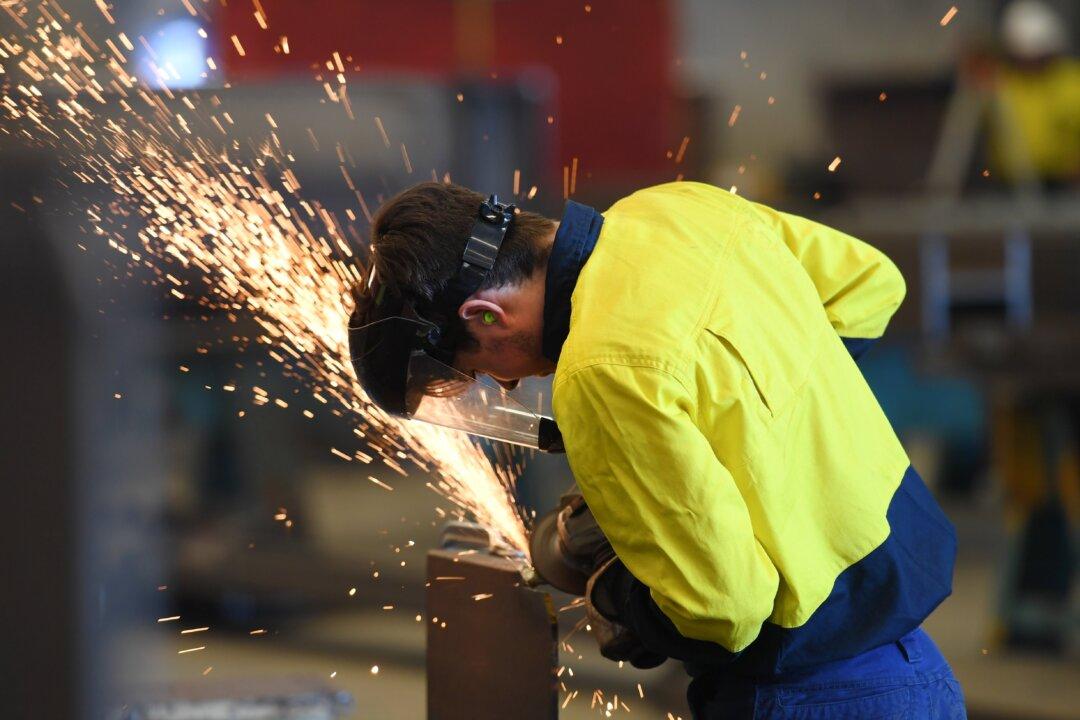A royal commission into Australia’s arguably “worst” fishkill, which resulted in the deaths of millions of fish along the Darling-Baaka River in New South Wales (NSW), has been called on by the NSW Greens as investigators uncover missing crucial measurement equipment as a possible link to its causation.
Authorities estimate up to 20 million fish have died due to depleted oxygen levels in the river following prolonged flooding and repeated heatwaves in recent weeks. This incident has been reported to be worse than the one that occurred near the same location in 2018-2019 during a severe drought, where approximately one million fish were washed up dead.





